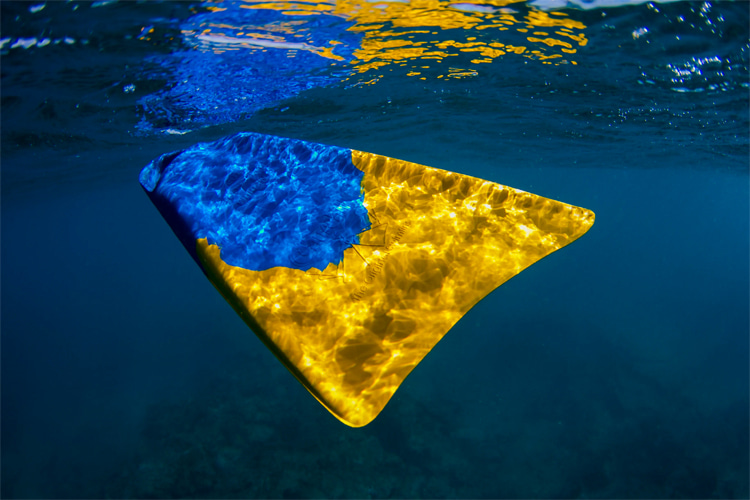Swim fins are an essential piece of equipment for swimmers, bodyboarders, bodysurfers, snorkelers, and divers.
A swim fin, also referred to as a swimfin or a flipper, is an aquatic sports accessory used to enhance the speed and performance of swimmers in the water.
Swim fins are designed to increase propulsion, stability, and maneuverability when swimming.
They come in various sizes, colors, and designs and are available for recreational and competitive water sports participants.
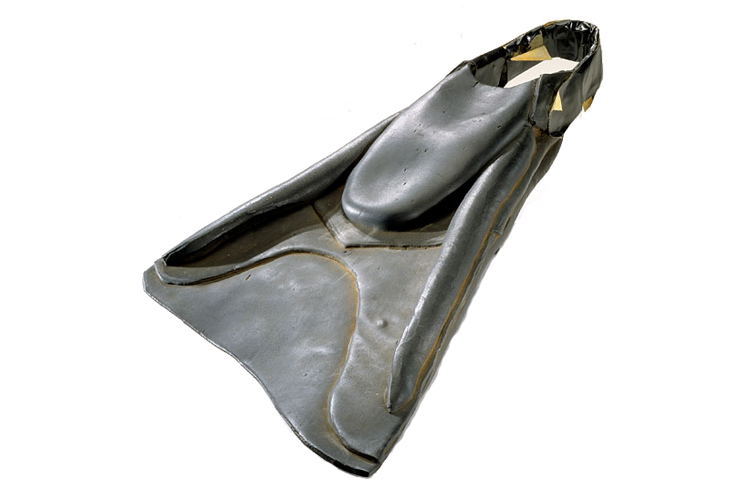
What is a Swim Fin?
Swim fins are wedge-shaped devices typically made of rubber or plastic material.
They are designed to fit snugly over the foot and ankle and are held in place by straps or buckles around the ankle.
The bottom of the swim fin is curved and flat, providing a surface area to push against the water and propel the swimmer forward.
The upper part of the fin is curved, creating a pocket of air in the front of the fin that helps to reduce drag.
Swim fins are popular among recreational swimmers, who use them to improve their speed and efficiency.
In addition, swim fins can help swimmers maintain balance and control when swimming in open water or waves, making them a valuable tool for water safety.
They can be purchased at most sporting goods stores.
Choosing the correct size and fit for the swimmer is critical, as an ill-fitting swim fin can cause discomfort and impede performance.
In addition, it is vital to choose a model designed for the type of water activity the user will be doing.
For example, recreational swimmers may benefit from a wide and buoyant swim fin, while competitive swimmers and bodyboarders may prefer a narrow and low-drag swim fin.
When using a swim fin, it is important to ensure that the straps and buckles are correctly adjusted and secure.
It is also relevant that the user maintains a proper body position while swimming, as an incorrect posture can reduce the effectiveness of the swim fin.
The swimmer should also be mindful of their kick technique, as a proper kick can help maximize the fin's effectiveness.
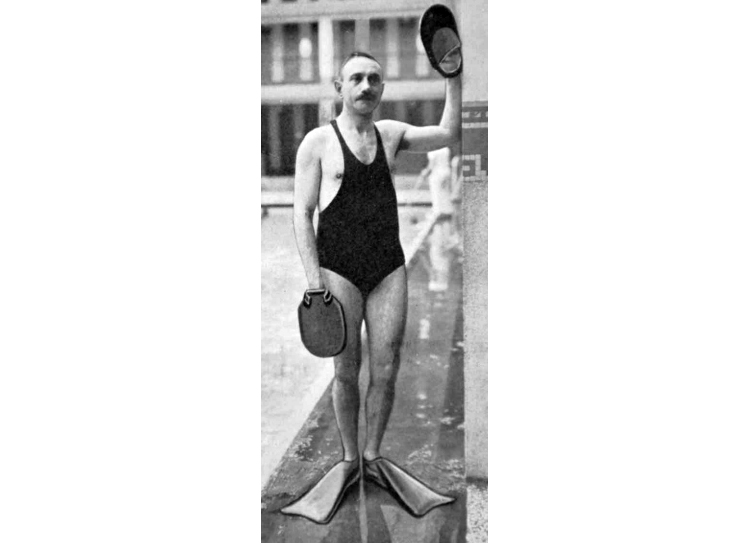
Benjamin Franklin and the Early Experiments
Benjamin Franklin (1706-1790) is best remembered as a Founding Father of the United States of America, a scientist, a diplomat, and an inventor.
One of Franklin's lesser-known inventions, however, is the swim fin.
He was inspired by the swimming methods of the Native Americans and the ancient Greeks, who had developed unique techniques to move through the water.
He began experimenting with different designs and several materials for a swim fin in 1717.
The polymath tested with different shapes and sizes and other methods of attaching the fins to the feet.
He also tried various ways to make the fins more efficient by adding air holes to increase buoyancy.
Franklin's swim fin design, seen below, was the first of its kind and inspired future innovations.
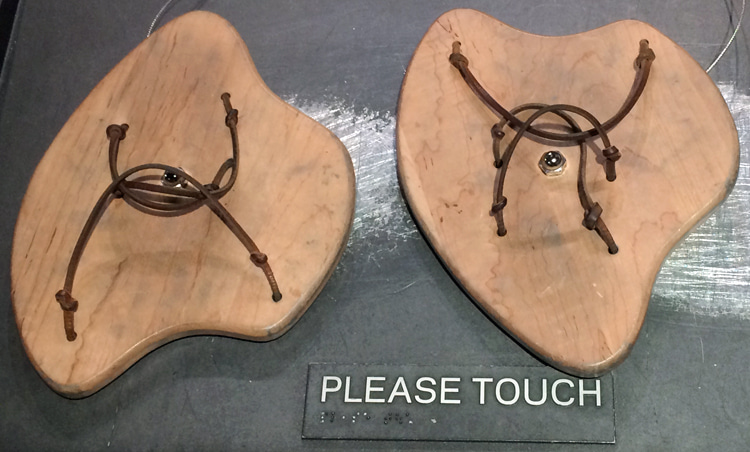
The Swimming and Rescue Propulsion Device
The history of swim fins is fascinating, stretching back centuries to the earliest days of exploration and underwater warfare.
And they did not look the same over time.
The modern model only saw the light of day after the initial prototypes for hands developed by Leonardo da Vinci, Giovanni Alfonso Borelli, and Benjamin Franklin.
Louis Marie de Corlieu (1888-1967) was a lieutenant commander of the French Navy.
In 1914, Corlieu gave a practical demonstration of his first swim fin prototype for a group of navy officers, including Yves le Prieur.
Le Prieur subsequently created an early version of the scuba equipment in 1926.
To focus entirely on his innovation, Corlieu resigned from the French Navy in 1924.
He applied for a patent in April 1933 under the number 767013.
Corlieu named the apparatus "propulseurs de natation et de sauvetage," meaning "swimming and rescue propulsion device."
The creation featured two spoon-shaped fins for the hands in addition to the two fins for the feet.
Corlieu ultimately began mass-producing his innovation in France in 1939 after years of struggle, including making his fins in his apartment in Paris.
That same year, the Frenchman granted Owen P. Churchill a license for mass manufacture in the United States.
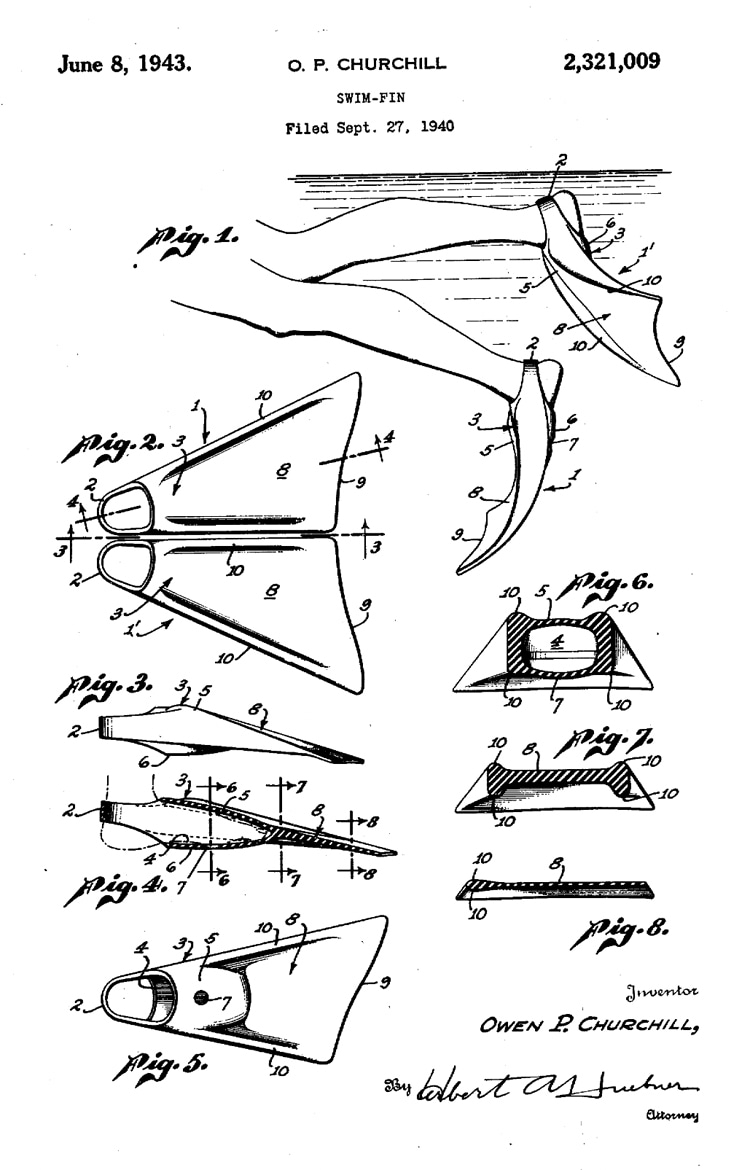
The Churchill Revolution
Churchill created and patented the swim fin in 1940, improving Louis de Corlieu's 1935 prototype.
He was inspired by Tahitian youths using handmade swim fins. They used metal bands with a fishtail form and soft rubber bands.
Churchill employed vulcanized rubber and enhanced the form.
In the end, he was able to follow his passion for professional sailing thanks to the money from his at-the-time-patented but now-commonplace invention.
Churchill sent the US Navy his fins, and they bought them for their Underwater Demolition Team (UDT).
The Churchill fins were later employed by American UDT and British Combined Operations Pilotage Parties (COPP) during all earlier underwater demining, allowing the Normandy landings in 1944.
The Navy experimented with various designs and materials, eventually settling on a streamlined design made of rubber and fabric.
Since then, swim fins have been continually refined and improved upon. Today, they come in various styles, materials, and colors.
Most modern swim fins are made of rubber, but there are also fins made of plastic, silicone, and even carbon fiber.
They come in various colors and designs and can be fitted to the shape of a swimmer's foot to provide a better fit.
Churchill is still one of the most popular bodyboarding and bodysurfing swim fin brands worldwide.
On the other hand, Corlieu struggled in court proceedings for years following the end of World War II, accusing others of infringing on his patents.
